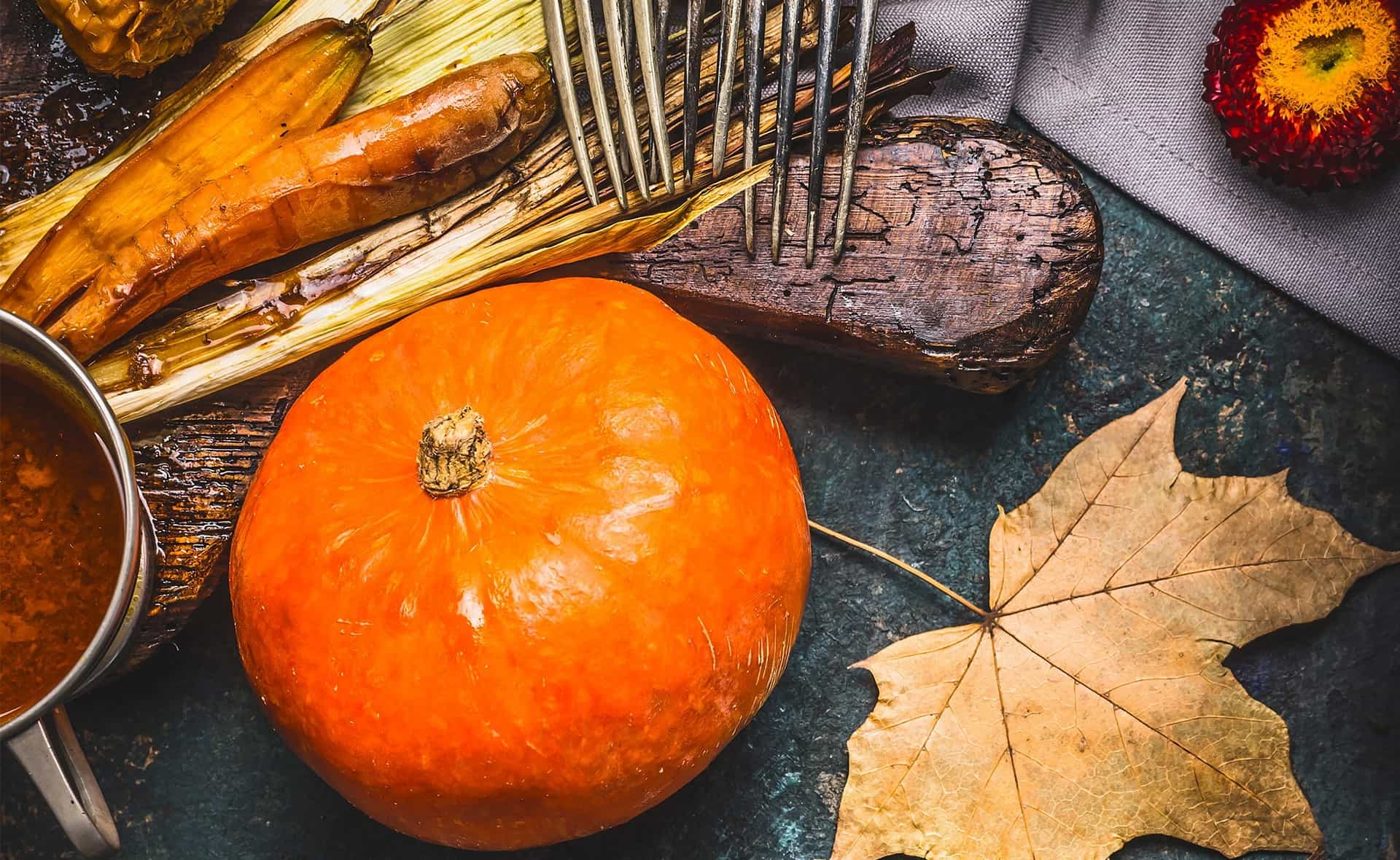
What makes Hokkaido squash so special? This vibrant, orange winter squash, also known as Red Kuri squash, packs a punch with its sweet, nutty flavor and creamy texture. Originating from Japan's northernmost island, Hokkaido, this squash has become a favorite in kitchens worldwide. Its versatility shines in soups, stews, and even desserts. Not only is it delicious, but it's also a nutritional powerhouse, loaded with vitamins A and C, fiber, and antioxidants. Plus, its thin skin is edible, making preparation a breeze. Whether you're a seasoned chef or a home cook, Hokkaido squash can elevate your dishes with its unique taste and health benefits.
Key Takeaways:
- Hokkaido squash, also known as Red Kuri squash, is a vibrant, teardrop-shaped winter squash with edible skin and a sweet, nutty flavor. It's packed with nutrients like beta-carotene, fiber, and vitamin C, making it a healthy and versatile ingredient for cooking.
- Whether roasted, steamed, or pureed, Hokkaido squash adds a unique flavor and creamy texture to soups, stews, and desserts. It pairs well with spices like cinnamon and ginger, and its seeds can be roasted for a nutritious snack. Plus, growing Hokkaido squash can be a rewarding experience with the right soil, sunlight, and watering.
What is Hokkaido Squash?
Hokkaido squash, also known as Red Kuri squash, is a type of winter squash with a distinct, nutty flavor. Originating from Japan, it has become popular worldwide due to its versatility in cooking and nutritional benefits.
- Hokkaido squash is also called "Red Kuri squash" because of its vibrant red-orange skin.
- The squash is named after Hokkaido, the northernmost island of Japan, where it was first cultivated.
- Its flesh is bright orange, similar to a pumpkin, but with a sweeter taste.
- Hokkaido squash has a teardrop shape, making it easy to recognize.
- The skin of this squash is edible, which means you don't have to peel it before cooking.
Nutritional Benefits of Hokkaido Squash
Hokkaido squash isn't just tasty; it's also packed with nutrients. Here are some key benefits that make it a healthy addition to your diet.
- Rich in beta-carotene, which the body converts into vitamin A, essential for good vision and immune function.
- Contains high levels of fiber, aiding in digestion and helping to maintain a healthy gut.
- Low in calories, making it a great option for those looking to manage their weight.
- Provides a good amount of vitamin C, which is important for skin health and immune support.
- Contains potassium, which helps regulate blood pressure and supports heart health.
Cooking with Hokkaido Squash
This squash is incredibly versatile in the kitchen. Whether you're making soups, stews, or desserts, Hokkaido squash can add a unique flavor and texture to your dishes.
- It can be roasted, steamed, or pureed, making it suitable for a variety of recipes.
- Hokkaido squash pairs well with spices like cinnamon, nutmeg, and ginger, enhancing its natural sweetness.
- Its creamy texture makes it an excellent choice for soups and purees.
- You can use it in baking, adding moisture and a subtle sweetness to cakes and muffins.
- The seeds of Hokkaido squash can be roasted and eaten as a nutritious snack.
Growing Hokkaido Squash
If you're interested in gardening, growing Hokkaido squash can be a rewarding experience. Here are some tips to get you started.
- Hokkaido squash thrives in well-drained soil with plenty of sunlight.
- It requires a long growing season, typically around 90-100 days from planting to harvest.
- Plant seeds in late spring after the danger of frost has passed.
- Regular watering is essential, but be careful not to overwater as this can lead to root rot.
- Harvest the squash when the skin is hard and the color is a deep red-orange, usually in late summer or early fall.
Hokkaido Squash: A Nutritious Delight
Hokkaido squash, also known as Red Kuri squash, offers a unique blend of flavor and nutrition. Packed with vitamins A and C, it supports immune health and vision. Its fiber content aids digestion, making it a great addition to any diet. This squash is versatile, fitting well in soups, stews, and even desserts. Its sweet, nutty taste can elevate many dishes.
Growing Hokkaido squash is relatively easy, thriving in well-drained soil with plenty of sunlight. Its hardy nature makes it a favorite among gardeners. Plus, its long shelf life means you can enjoy it well into the winter months.
Whether you're a seasoned chef or a home cook, incorporating Hokkaido squash into your meals can bring both flavor and health benefits. Give this vibrant, nutritious squash a try and see how it transforms your culinary creations.
Frequently Asked Questions
Was this page helpful?
Our commitment to delivering trustworthy and engaging content is at the heart of what we do. Each fact on our site is contributed by real users like you, bringing a wealth of diverse insights and information. To ensure the highest standards of accuracy and reliability, our dedicated editors meticulously review each submission. This process guarantees that the facts we share are not only fascinating but also credible. Trust in our commitment to quality and authenticity as you explore and learn with us.


